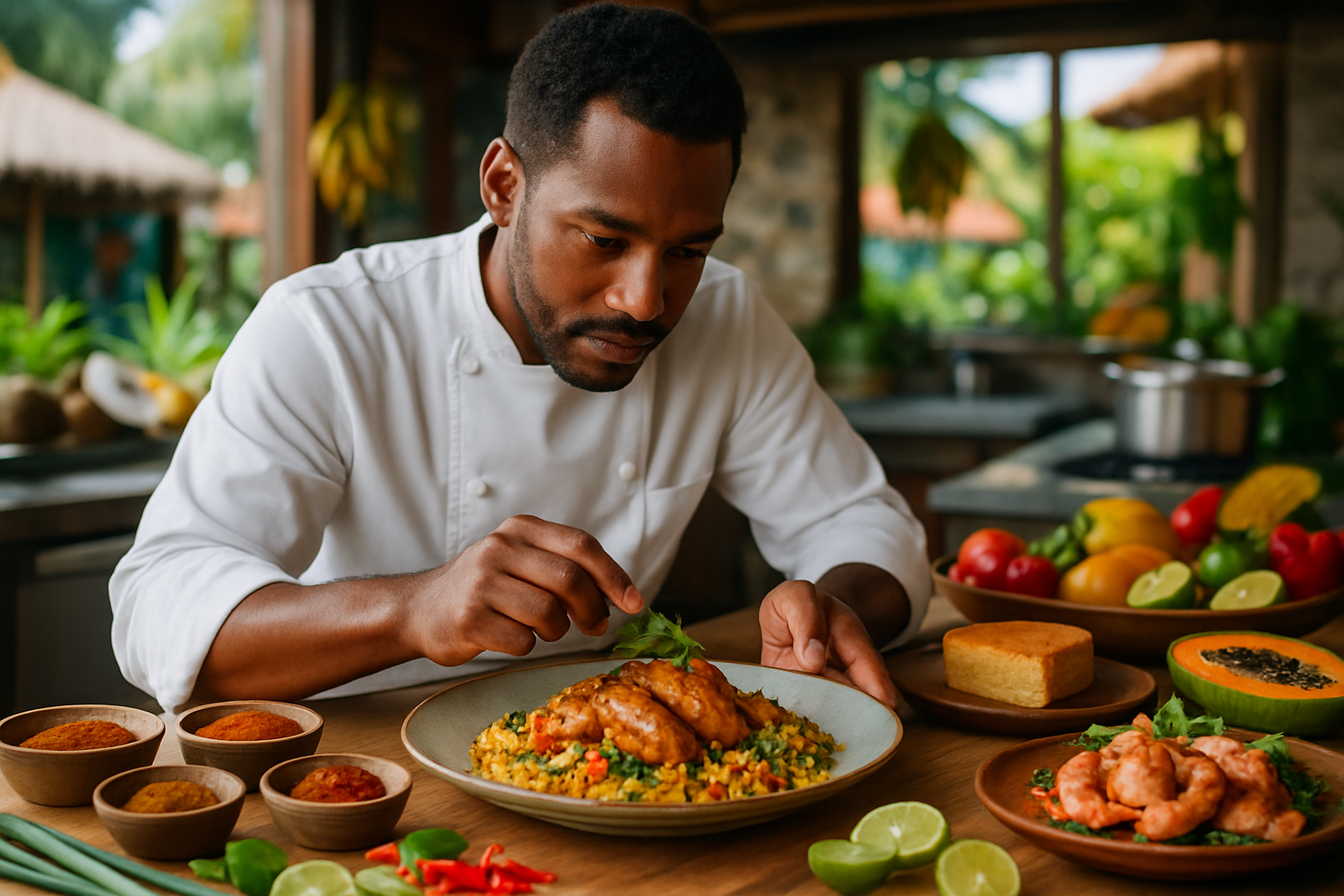Techniques to achieve restaurant textures at home
Achieving restaurant-quality textures at home is within reach with focused techniques, the right pantry staples, and mindful cooking. This article outlines practical methods—from precise cooking times and spice handling to fermentation and smart mealprep—that help recreate the contrast and mouthfeel found in professional dishes.

Achieving the textures you admire in restaurants starts with intent and a few reliable methods. At home, techniques, timing, and ingredient selection determine whether a dish feels flat or layered. This guide breaks down how to use household tools, common pantry items, seasonal produce, and simple recipes to add crispness, creaminess, gloss, and snap to meals. Attention to nutrition and sustainability can pair with texture work: preserving flavors through fermentation or smart leftovers reuse can reduce waste while improving mouthfeel.
How do cooking methods create restaurant textures?
Different cooking methods alter cell structure and moisture, which changes texture. High-heat searing promotes Maillard browning and a crisp crust, while gentle sous-vide or poaching preserves tenderness. Techniques like pressure cooking break down collagen quickly for silky stews, whereas roasting concentrates flavor and firms exterior tissues for chew and snap. For balanced recipes, combine methods—briefly sear a protein for crust, then finish low and slow for even doneness. Integrate spices and finishing salts at different stages: early for infusion, late for texture contrast and bursts of flavor.
How can your pantry help replicate textures?
A well-stocked pantry supports texture control: flours and starches (cornstarch, arrowroot) thicken sauces to glossy, clingy finishes; dried legumes and grains provide chew and body when cooked properly. Canned goods and preserves can add viscosity or acidity without long prep. Spices and seasoning blends influence perceived mouthfeel; toasted seeds add crunch, while powdered umami adds depth. Use pantry items to create textural components—crispy fried shallots from dried onions, toasted breadcrumbs mixed with herbs for crunch, or rehydrated mushrooms for a meaty bite.
What techniques produce contrast in dishes?
Contrast is central to the restaurant experience: hot vs. cold, crisp vs. creamy, soft vs. crunchy. Emulsions like mayonnaise or beurre blanc create silky, clingy sauces against crunchy elements such as blanched and charred vegetables. Temperatures can be contrasted by serving a warm stew over chilled yogurt or a room-temperature salad with a hot dressing. Use textural layers in recipes—purees, roasted pieces, pickles, and a toasted garnish—to keep each bite interesting. Consider nutrition when building contrast: raw vegetables add fresh fiber while cooked grains offer digestible energy.
How does fermentation affect texture?
Fermentation transforms both flavor and structure. Lactic fermentation (sauerkraut, kimchi) softens fibrous vegetables while adding crunch and effervescence; miso and fermented dairy can thicken sauces and provide a silky mouthfeel. Fermented batters like dosa or tangzhong starters modify crumb and chew in breads and pancakes. Beyond mouthfeel, fermentation supports sustainability by extending the life of seasonal produce and improving nutrition through beneficial microbes. Small-batch ferments are accessible in a kitchen jar and can be used as acidic, textured components in many recipes.
How to use pairings to enhance mouthfeel?
Pairings are not just about flavor harmony; they influence perceived texture. Acidic elements (vinegar, citrus) can brighten and thin a rich sauce, changing how it coats the palate. Fatty ingredients create creaminess and help carry spice; combining a high-fat component with a crunchy topping yields satisfying contrast. Seasonal pairings—like roasted root vegetables with a bright herb drizzle—capitalize on natural textures and nutrition. When planning pairings, think of balance: a soft polenta benefits from a crunchy herb oil or spiced crumble for dimension.
How can mealprep preserve desired textures?
Mealprep can maintain or even enhance textures if done thoughtfully. Store components separately: keep crispy elements (toasted nuts, fried shallots) in airtight containers and add them just before serving; refrigerate creamy sauces and reheat gently to avoid separation. Use leftover techniques to repurpose textures—stale bread becomes croutons or panko; roasted vegetables can be pulsed into a textured spread. For sustainability and nutrition, label batches with dates and use quick ferments to extend freshness. Proper reheating (oven or skillet rather than microwave) helps revive crispness and caramelization.
Conclusion Replicating restaurant textures at home rests on selecting appropriate techniques, leveraging pantry staples, and combining components for contrast. Small adjustments—timing sears correctly, adding a crunchy garnish, or using fermentation to add body—can transform familiar recipes into multilayered experiences. By planning mealprep and pairing ingredients thoughtfully, cooks can produce satisfying textures that align with seasonal availability, nutrition goals, and sustainability principles.





